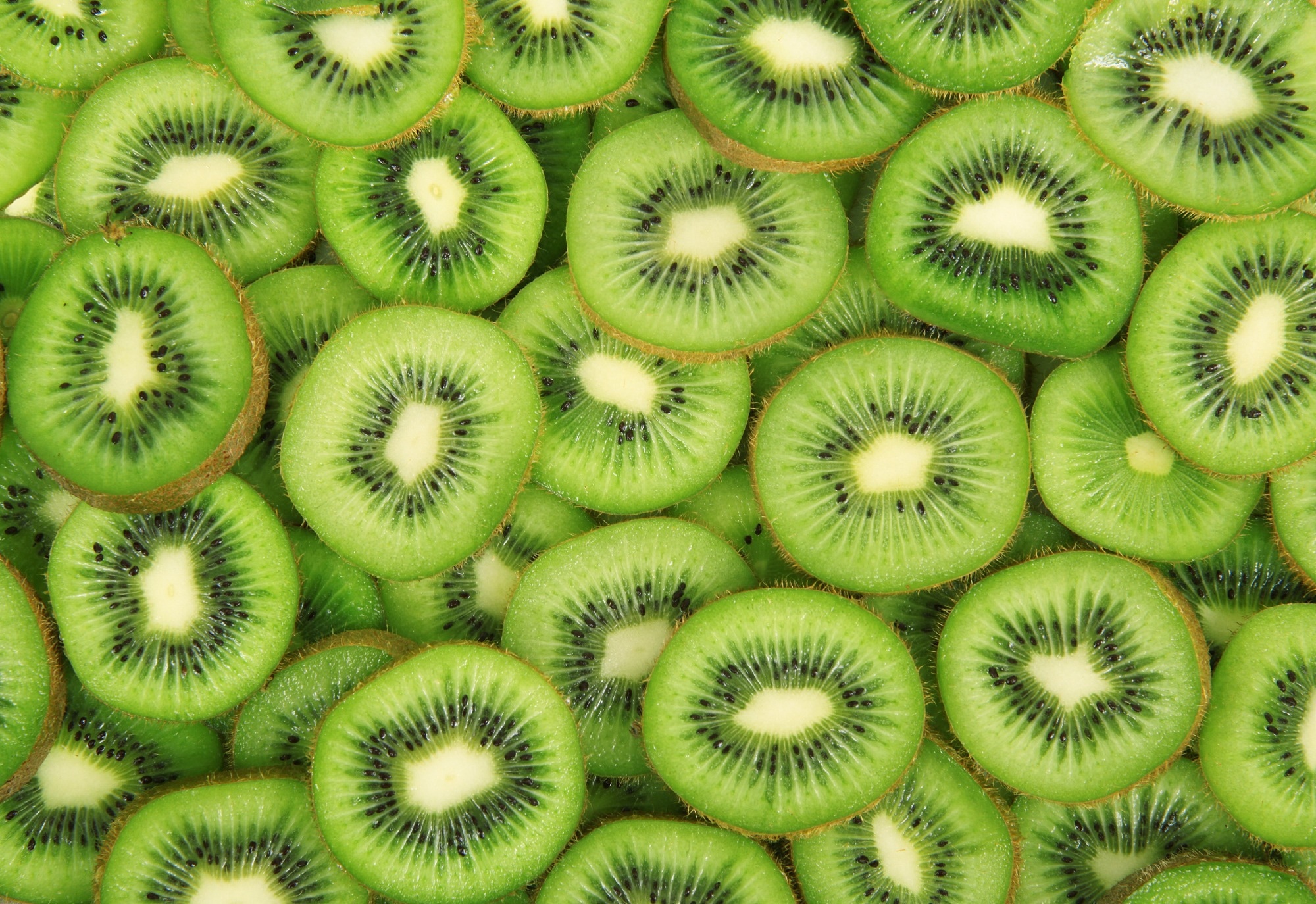A recent review published in the Nutrients journal aimed to compile Kiwifruit allergy recognition patterns to enhance patient management and clinical practice.
 Study: Kiwifruit’s Allergy in Children: What Do We Know? Image Credit: photobeps/Shutterstock.com
Study: Kiwifruit’s Allergy in Children: What Do We Know? Image Credit: photobeps/Shutterstock.com
Background
Actinidia deliciosa, the most commonly cultivated kiwifruit species, originated in China and was introduced to New Zealand in 1904. China, New Zealand, Greece, Italy, and Chile are the major Kiwifruit-producing countries, collectively meeting 87% of the global demand.
The other three main kiwifruit species are A. chinensis, A. arguta, and A. eriantha. Kiwifruit contains fiber, vitamins C and E, carbohydrates, minerals, antioxidants, and omega-3 fatty acids. However, allergy due to kiwifruit is a growing concern in both general and pediatric populations.
The authors utilized Scopus and PubMed to gather relevant information. Keywords “allergy,” “kiwifruit,” “Actinidia,” “children,” and “cross-reactivity” were used to identify relevant studies. Case reports, observation studies, previous reviews, and retrospective studies from 1981 to the present were considered.
Review findings
Many studies showed that 9% of children with food allergies in France were sensitized to kiwifruit. Primary digestive tract sensitization and distinct IgE recognition patterns of this fruit play a significant role in pediatric allergies. Kiwifruit allergies often cross-react with other allergies like pollen, avocado, rye, chestnut, hazelnut, and banana.
To date, 13 allergens have been identified in kiwifruit, with actinidin (Act d 1) being the main allergen comprising 50% of the total soluble protein. It is mainly seen in the case of mono-sensitized patients who are non-allergic to pollen.
Act d 1 functions as cysteine protease leading to the disruption of the epithelium barrier, which plays a significant role in the sensitization process in the kiwifruit.
Gut-associated lymphoid tissue consists of innate immune cells that typically induce oral tolerance, actively inhibiting immune responses to ingested food proteins. Cross-reactions between allergens can be attributed to molecular mimicry, where different allergens share similar structures and trigger mast cells through IgE binding.
Significant clinical reactions can result from direct sensitization to a precise allergen or cross-reactivity with structurally similar allergens, leading to mild, moderate, or severe responses.
The severity of symptoms is partly influenced by the mode of sensitization, increasing the likelihood of severe anaphylactic reactions in individuals primarily sensitized to allergens.
Clinical manifestations of kiwifruit allergy
Symptoms of kiwifruit allergy range from mild to severe reactions. Information regarding manifestations in pediatrics is limited. Additionally, most available data focuses on the kiwifruit cross-reactivity in adults. Typically, symptoms occur within two hours of exposure and involve an IgE-mediated response.
Reactions include cutaneous, cardiovascular, gastrointestinal, neurological, and respiratory symptoms, either in isolation or in combination. Responses often present as oral allergy syndrome with pruritus and tingling sensation in lips, oral mucosa, and tongue.
Severe reactions may include urticaria, angioedema, laryngeal swelling, a cough, wheezing, vomiting, rhinitis, bronchospasm, loss of consciousness, hypotension, and food-dependent exercise-induced anaphylaxis. Children are more likely to experience systematic reactions, including multiple organs simultaneously.
Case reports highlight severe reactions, such as hypotensive shock and anaphylaxis. The severity of reactions can provide insights into the specific molecular pattern of sensitization, aiding in appropriate management strategies.
Diagnosis of kiwifruit allergy
Diagnosis begins with the patient’s clinical history and examination, and common diagnostic methods include enzyme-linked immunosorbent assay (ELISA), skin prick test (SPT), double-blind placebo-controlled food challenge (DBPCFC), and component-resolved diagnosis (CRD).
DBPCFC is considered the gold standard for diagnosing food allergies as it provides an objective assessment of results without biases. However, it carries the risk of anaphylactic reactions.
If the patient’s history suggests kiwifruit allergy, an SPT can be a more readily accessible diagnostic method, with a high sensitivity for identifying IgE-specific sensitization. ELISA and immunoCAP provide mixed results and are contradictory. CRD helps classify reactions and identify pollen-fruit syndrome.
Gastrointestinal sensitization may cause severe reactions in children. The molecular analysis aids in predicting risk and managing the allergy.
Treatment of kiwifruit allergy
No immunotherapy is available to cure food allergies, including kiwifruit allergy. Different treatment methods, such as thermal processing and chemical treatments, are being explored to reduce allergenicity, but finding a balance between reducing allergenicity and maintaining food quality is challenging.
The primary approach for managing kiwifruit allergy is complete avoidance of the fruit.
Antihistamines are used for mild reactions, while epinephrine is necessary for severe reactions. Immunotherapy targeted at inducing food tolerance is a potential option, but it is time-consuming and carries risks of anaphylaxis.
Long-term efficacy is limited, and benefits may diminish after treatment discontinuation. Trials combining anti-IgE monoclonal antibodies and oral immunotherapy are being investigated, but more research is required to assess their efficacy and safety.
Conclusion
To summarize, Kiwifruit allergy is currently recognized as a potential and serious life-threatening condition, particularly among children more susceptible to primary sensitization.
The identification and characterization of specific molecular antigens have played a crucial role in assessing the individual risk of severe reactions after consuming kiwifruit.
Extended research is required to understand the age-related variations in sensitization to kiwifruit allergens. Therefore, the only approach for managing kiwifruit allergy is implementing a focused elimination diet, as no other strategies have been established.